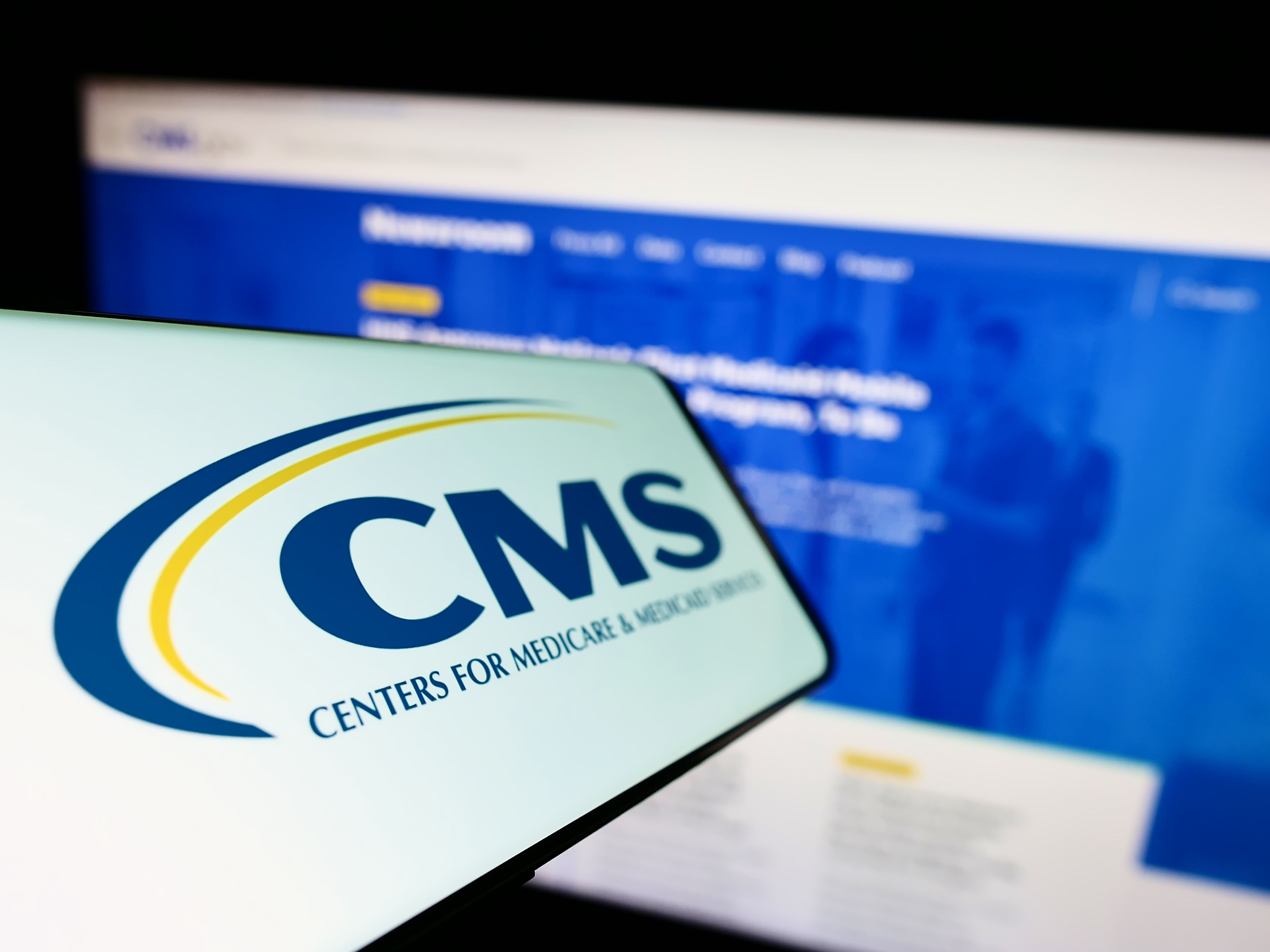Article
RUC committee takes steps toward transparency
After a series of negative media reports, the American Medical Association (AMA) is finally taking measures to make its RUC committee less opaque.
After a series of negative media reports, the American Medical Association (AMA) is finally taking measures to make its Specialty Society Relative Value Scale Update Committee (RUC) less opaque.The 31-member RUC committee will begin publishing minutes, dates and locations of meetings, and votes for individual current procedural (CP) codes, though individual votes will not be revealed.
The committee will also revamp the way it gathers information from physicians, which determines how the committee sets values for services. Now, the committee will require more surveys for the most frequently-performed procedures. Any procedure performed more than 100,000 times annually will require at least 50 surveys, and procedures performed more than 1 million times will require more than 75 surveys.
Information about RUC meetings will be posted on the AMA website after the Centers for Medicare and Medicaid Services (CMS) releases its annual fee schedule. The RUC committee has been accused of overvaluing certain procedures-sometimes by up to 100%.
Some doctors have reported working more than 24 hours a day on procedures that were recommended by RUC as taking longer-and costing more-than they should. For example, an investigation by the Washington Post last summer found that Medicare pays for colonoscopies that are valued at 75 minutes, yet actually take 15 minutes.
Though RUC is an independent body, for the past 22 years CMS has used about 90% to 95% of RUC’s recommendations. Some organizations believe that disparities in valuing procedures have caused a reimbursement divide between specialists and primary care physicians. Though CMS usually publishes its Medicare fee schedule on November 1, due to the 16-day government shutdown in October, the schedule will be released on November 27.
The American Academy of Family Physicians’ (AAFP) criticism of RUC’s lack of primary care representation led to the committee adding a rotating primary care chair and suggesting CP codes for chronic care management this year.
“Only time will tell whether these changes lead to a fair evaluation of all physician services, particularly primary care,” says Glen Stream, MD, MBI, immediate past board chair of AAFP.
“The recent actions the RUC has taken regarding transparency are positive steps in the right direction. They are consistent with AAFP’s efforts to push for greater transparency in the RUC process along with more representation of primary care physicians on the RUC,” Stream says.
“I am very interested to see the vote tallies. Even the people sitting around the table don’t know the final vote tally,” says Shari Erickson, vice president of governmental and regulatory affairs for the American College of Physicians (ACP), adding that the ACP will wait and see if any other recommendations from the organization could make the RUC process more open.
“The concern would be that releasing individual votes could lead to the industry lobbying individuals who vote in a certain pattern. If it turns out that there are people voting in a bloc, then maybe there should be a call for the release of individual votes. But this initial step is very positive and we want to see what things look like,” Erickson says.
According to the AMA website, RUC meetings are not closed, but they do require prior registration for attendance. The RUC committee meets three times a year, with its next meeting scheduled for January 30, 2014, in Phoenix, Arizona.
For additional coverage, see:
Liked or loathed, RUC wields broad influence
Physician payment determinations must include more evidence
INFOGRAPHIC: How a CPT's Medicare allowable is determined
Medicare fee schedule has foothold in contracting
RUC committee takes steps toward transparency
New payment models gain traction





